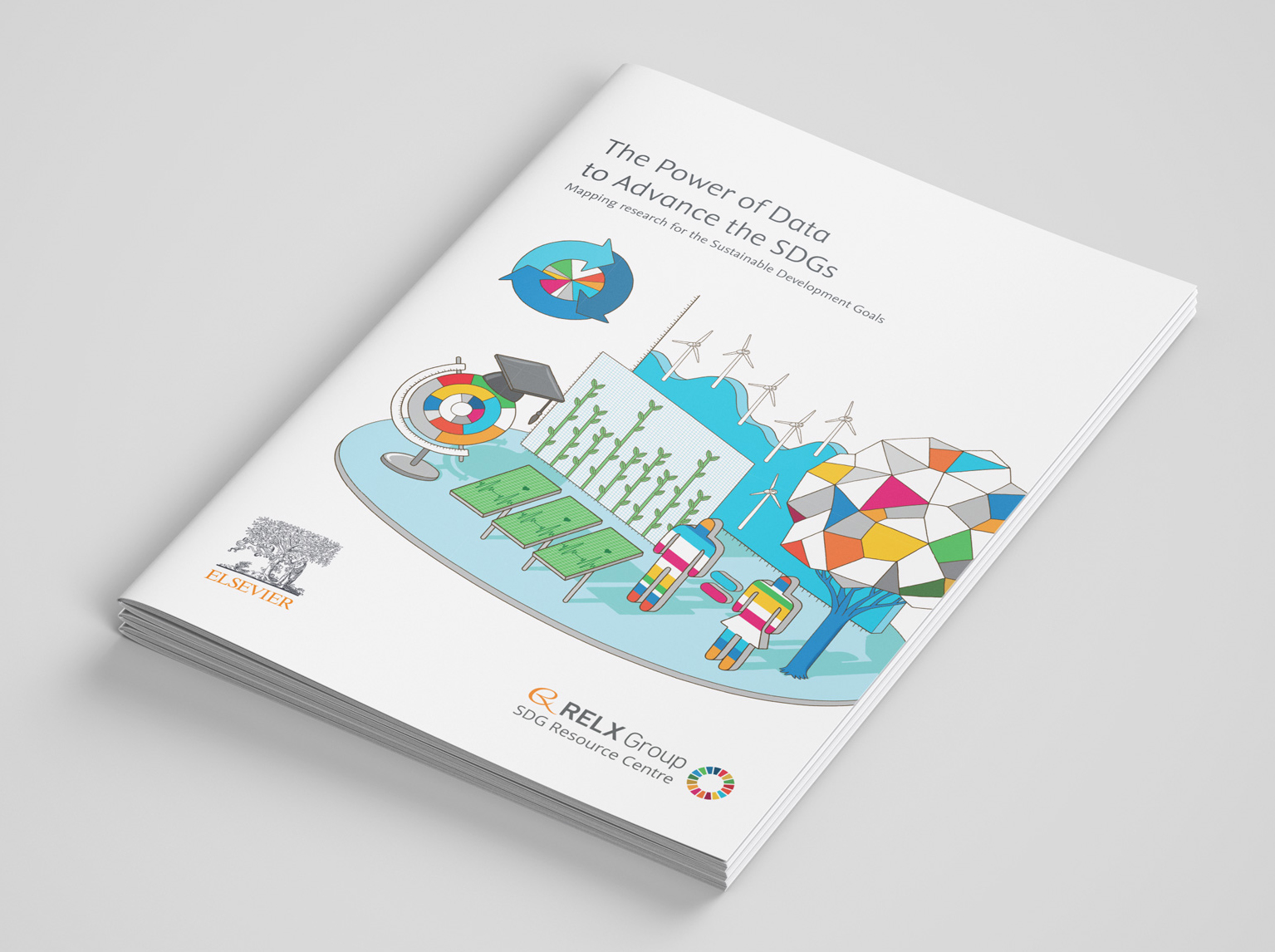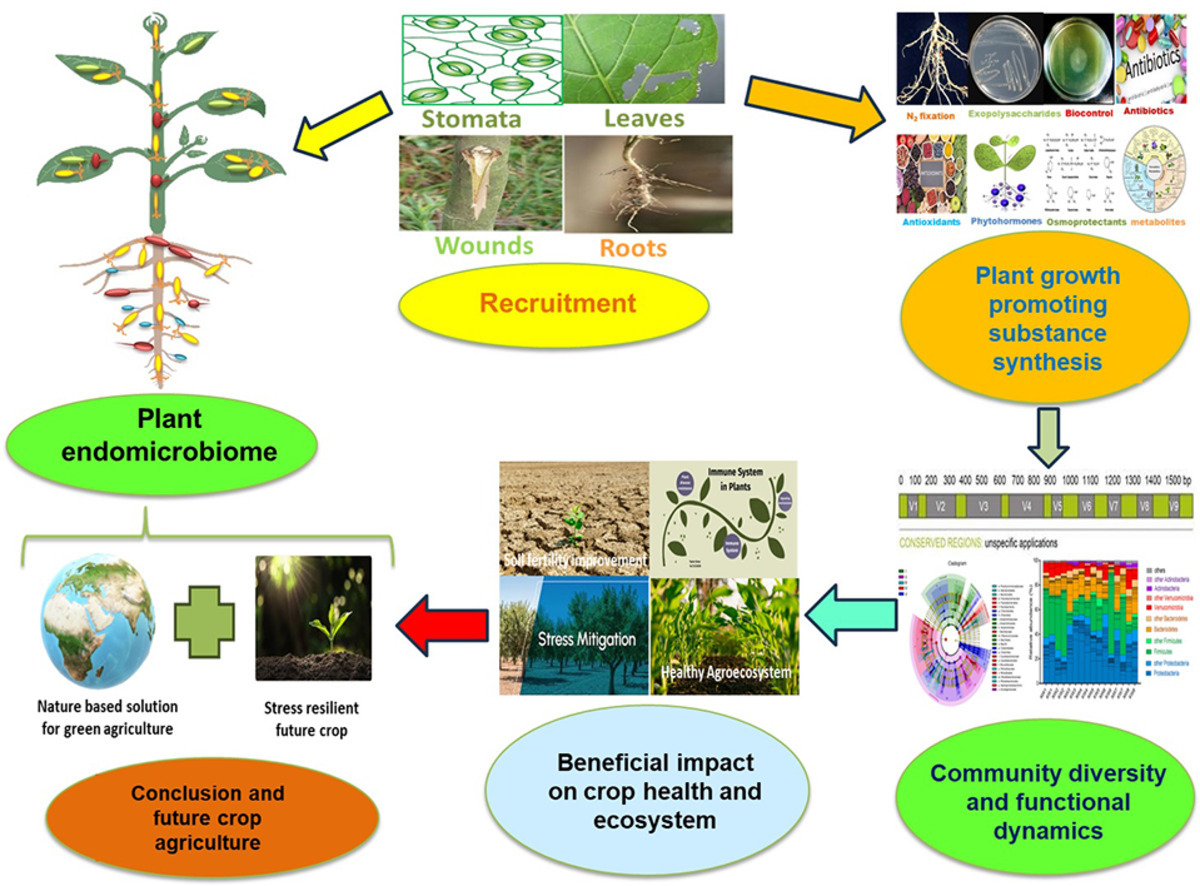Access to information is critical in achieving the SDGs - empowering the public to make decisions, informing policy making and enabling effective implementation and monitoring. RELX businesses regularly produce and publish free to download reports and analytics that draw upon vast amounts of information and data in support of the SDGs. Explore some of the reports and tools developed to date.
Strigolactones (SLs) are a new class of plant hormones that play a significant role in regulating various aspects of plant growth promotion, stress tolerance and influence the rhizospheric microbiome. GR24 is a synthetic SL analog used in scientific research to understand the effects of SL on plants and to act as a plant growth promoter.
Plants have a microbiome, a diverse community of microorganisms, including bacteria, fungi, and viruses, living inside and on their tissues. This review article contains deeper insight in endomicrobiome related research work in last years, recruitment, niche development, nutrient dynamics, stress removal mechanisms, bioactive services in plant health development, community architecture and communication, and immunity interplay in producing stress resilient future crop.
In this Viewpoint, an international panel of clinicians, scientists, and community members with lived experiences of autism reviewed the challenges in identifying autism in individuals who are assigned female at birth and proposed clinical and research directions to promote the health, development, and wellbeing of these individuals.
Women interact with cancer in complex ways, as healthy individuals participating in cancer prevention, as patients, as health professionals, researchers, policymakers, and as unpaid caregivers. In all these domains, women often are subject to overlapping forms of discrimination, such as due to age, race, ethnicity and socio-economic status, that render them structurally marginalized. Women, power and cancer: A Lancet Commission recommends that sex and gender be included in all cancer-related policies and guidelines, making these responsive to the needs and aspirations of women in all their diversities. It identifies ten priority actions stakeholder groups can take towards lasting and impactful change.
This Health Policy paper supports SDG 3 by calling for greater coordination and coherence using a UHC+ lens to suggest new approaches to funding that can extend beyond biomedical health services to include the cross-cutting determinants of health.
This Article supports SDG 3 by providing robust evidence of health-care financing policies deployed by 15 countries representing all WHO regions and offering an overview and illustrative examples of the modifications made to these policies for countries to rapidly mobilise fiscal resources for health.
A sustainable future requires securing of the fundamental relationship between humans and biodiversity. This article highlights the importance of tapping into Indigenous and local knowledge for the conservation of biodiversity
Reminder that Biological diversity is important also for health, supporting SDG 3.
A discussion on how well Emojis reflect biodiversity, and how this should be improved to contribute to public engagement and communication.



